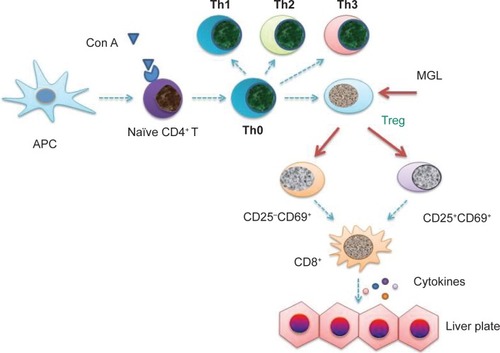Figures & data
Figure 1 Study design (in vivo).
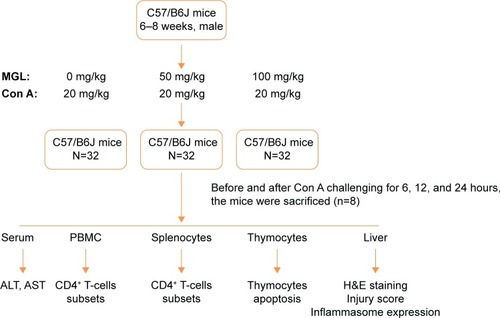
Figure 2 Liver function tests and injury scoring.
Abbreviations: ALT, alanine aminotransferase; Con A, concanavalin A; AST, aspartate aminotransferase; MGL, magnesium isoglycyrrhizinate.
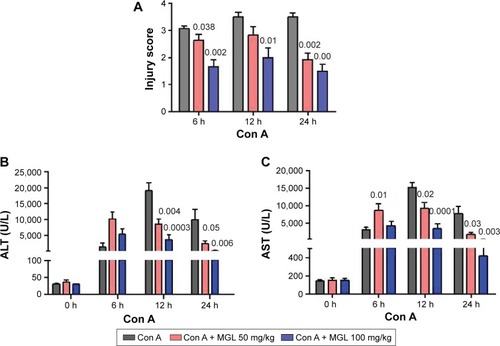
Figure 3 H&E staining of liver tissue.
Abbreviations: Con A, concanavalin A; MGL, magnesium isoglycyrrhizinate; H&E, hematoxylin and eosin. subsets and ALT levels before and after Con A challenging

Table 1 The relationship between percentage of CD4+ T-cells subsets and ALT levels before and after Con Achallenging
Figure 4 The subsets of CD4+ T-cells in PBMCs.
Abbreviations: Con A, concanavalin A; MGL, magnesium isoglycyrrhizinate; PBMC, peripheral blood mononuclear cell; SSC, side scatter; FSC, forward scatter.
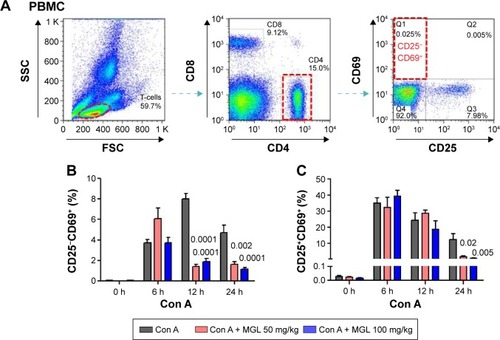
Figure 5 The subsets of CD4+ T-cells in splenocytes.
Abbreviations: Con A, concanavalin A; MGL, magnesium isoglycyrrhizinate; SSC, side scatter; FSC, forward scatter.

Figure 6 The apoptosis of T-cell subsets in thymocytes.
Abbreviations: Con A, concanavalin A; MGL, magnesium isoglycyrrhizinate; SSC, side scatter; FSC, forward scatter.

Figure 7 The proliferation of cells in the CD4+ T-cell subset before and after MGL administration and/or Con A challenging.
Abbreviations: Ab, antibody; Con A, concanavalin A; MGL, magnesium isoglycyrrhizinate; SSC, side scatter; FSC, forward scatter.
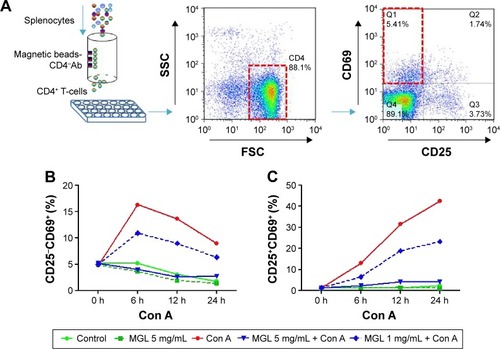
Figure 8 The inflammasome expression in liver tissue.
Abbreviations: Con A, concanavalin A; MGL, magnesium isoglycyrrhizinate.
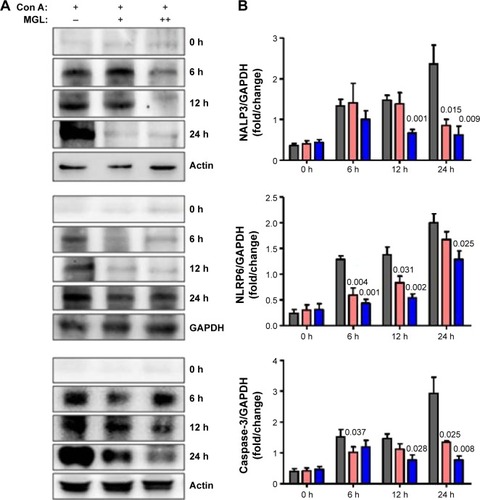
Figure 9 The possible target in the pathogensis of autoimmune hepatitis.
Abbreviations: APC, antigen presenting cell; MGL, magnesium isoglycyrrhizinate; Con A, concanavalin A; Treg, T regulator cell.
